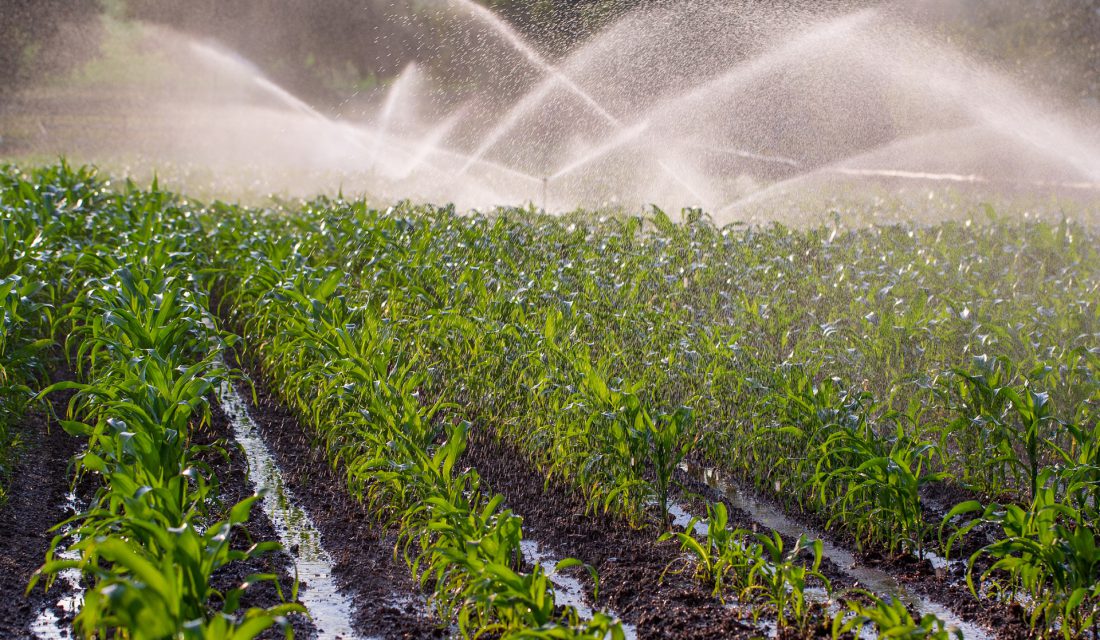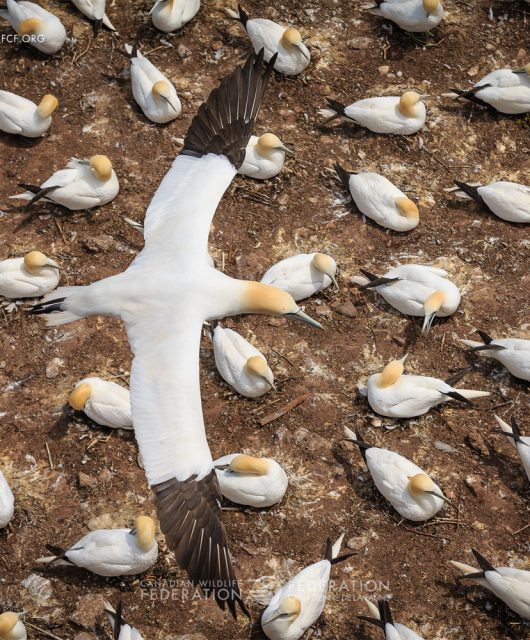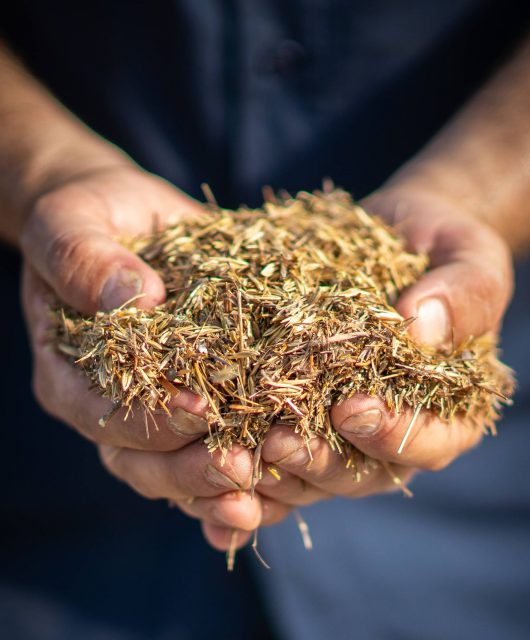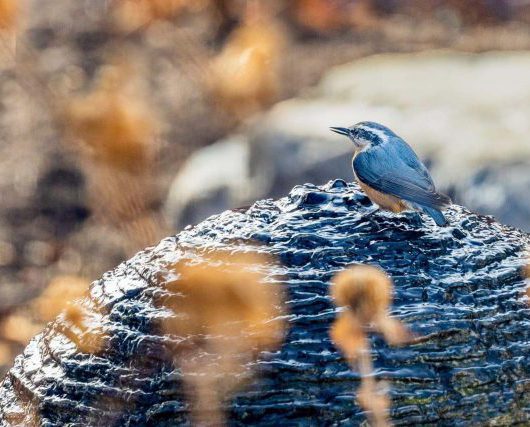I vividly remember the first drought I ever experienced.
It was in 2012 with what seemed like a never-ending heat wave in Ontario. It was also the year I decided to plant my first veggie garden on my own. Spoiler alert – it did not survive.
I remember the grass being the first to go; it dried up completely and felt burnt to a crisp from the sun. Then the cracks started forming in the soil. It was so dry that the ground turned hydrophobic – meaning that the soil repelled all watering attempts the way a dry sponge does when water is poured on. Then *sob* my veggie garden died – it didn’t stand a chance.
We were on a drilled-well so we had to stop watering the veggie garden and flowers to not waste water. Next up, natural ponds and marshes started to dry up completely in our area. It was something I had never seen before! It’s been a few years since this drought and I’ve learned a few things that I will surely implement in my next garden. Fingers crossed the next veggie garden fares better than the last!
Do’s and Don’ts
Here are some dos and don’ts to keep your garden green without using too much water in a drought!
- Do prioritize established plants. Existing plants root systems are more established under the soil and will require less water compared to freshly planted plants.
- Do plant and prioritize native plants and wildflowers. Native plants like Milkweed, Echinacea and Purple Prairie Clover, Rattlesnake Master, Brittle Prickly-Pear, Hoary Vervain, etc. tend to be more drought-resistant. It also provides crucial sources of food and shelter for pollinators, beneficial insect and critters, who would be in dire need in a drought.
- Do check up on your plants. Cut away dead flowers and leaves from plants to help conserve energy in drought conditions.
- Do water deeply and frequently. Avoid hydrophobic soil in your garden by practicing long, deep watering until soil is hydrated then ease up. It does seem counter intuitive to slowly water the soil for longer periods in a drought. You will reduce water waste over time by watering more deeply and slowly and using a drip irrigation to provide maximum moisture with minimum waste.
- Don’t get too attached to your lawn. Lawns are more decorative. Reconsider your need to water the lawn. It may go brown during extreme heat but this is usually a period of dormancy rather than a dead lawn.
- Do start with good soil. Work in compost every year to give it some extra nutrition and to help retain moisture.

- Do add mulch. Add mulch to exposed areas throughout the garden to reduce evaporation. It will also maintain a healthier temperature for plant roots during hot summers so plants can better withstand periods of drought. As a bonus, mulch also prevents erosion and suppresses competing weeds.
- Do help pollinators. Add a small bowl of water in shaded parts of garden with rocks to allow beneficial insects and pollinators to rest on while getting a sip of water.
- Don’t fertilize your garden during an active drought. Fertilizing encourages your garden to grow and this requires water.
- Do use rainwater. Set up a rain barrel to capture any rainfall from eaves troughs to use for watering.
- Do repurpose wasted water (gray water). Rinsing grapes or potatoes? What about letting the water run for a few seconds (or minutes) waiting for it to get hot? Use sink basins to collect this water for your garden! Alternatively, installing a gray water systems make double the usage of the water you use to wash the dishes or clothes. A win-win!

- Do water in the early morning. This will help reduce evaporation and prevent leaf scorching from water droplets in the sun. Morning watering also gives the plants a chance to dry before night sets in. This helps prevent pests that are attracted to very moist environments, like slugs and fungi.
- Do pull out the weeds. It’s especially important during a drought because weeds roots can steal valuable moisture from the soil.
- Don’t plant during peak drought as these plants will need more regular watering to become established.
- Do direct watering. For a plant that needs more water, try sticking a water bottle with the base removed into the soil near the plant and water through the top of the bottle. Using this technique, water will be channeled specifically to that plant’s root system.
- Do prepare for next year. We can’t predict what kind of weather we’ll experience in upcoming summers but we can prepare for a potential drought from digging in compost in the soil in the fall, planting specific drought-resistant native shrubs, plants and wildflowers in anticipation of a drought.



